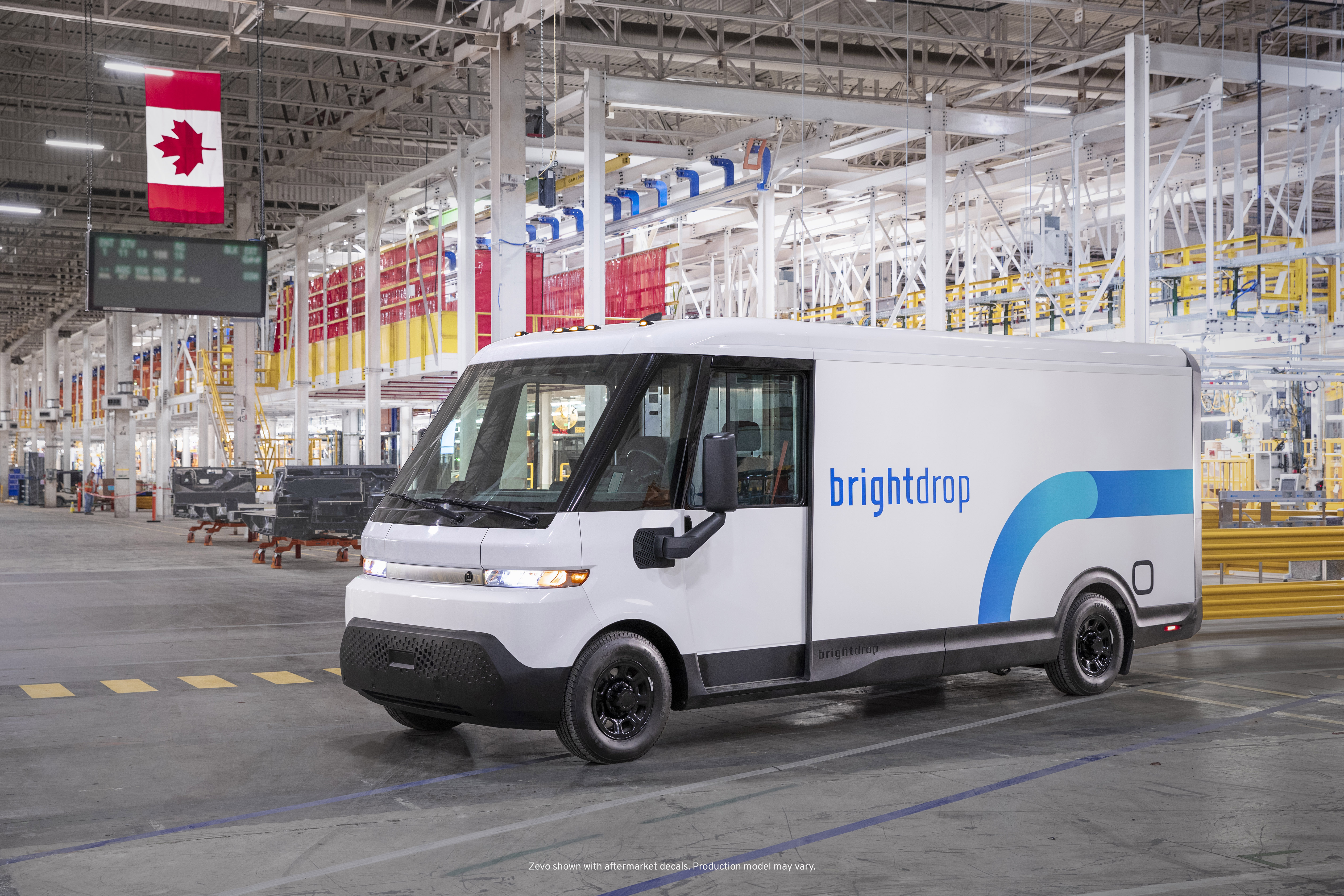OTTAWA – The Canadian government releases proposed regulations mandating that all new private light vehicles sold in the country by 2035 be zero-emission vehicles (ZEVs).
While welcoming the law in principle, Canadian automakers warn that the federal government will need to spend more on helping consumers buy ZEVs and invest in charging networks to ensure the mandate is practical and affordable.
The proposals released Dec. 21 will require that manufacturers ensure at least 20% of new cars, SUVs and pickups sold in Canada will be zero-emission by 2026; at least 60% by 2030; and 100% by 2035.
Automakers will have to follow criteria laid down within the regulation to ensure their “combined fleets” of passenger cars and light trucks comply with these ZEV minimum ratios. Exported vehicles (including to the U.S.) can be excluded from these calculations, although manufacturers will have to demonstrate that such vehicles cannot be re-exported to Canada. Emergency-service vehicles are excluded. Hybrids can be included in the pool of ZEVs, according to a more complex formula that allows them to comprise 45% of passenger-car and light-truck fleets from 2026, 30% from 2027, and 20% from 2028 onwards.
David Adams, president and CEO of the Global Automakers of Canada, argues the Zero Emission Vehicle Sales Regulations – which should be approved in 2023 following a 75-day consultation period – were “hastily constructed.”
His key concern is the continued high price of ZEVs in Canada, which “could prove costly for Canadian families and businesses.

“Affordability is a major concern for most Canadians,” Adams says. “If the government goes ahead with the regulations as they are currently drafted, the cost burden will fall most heavily on Canadian families that are already struggling with high interest rates and high inflation, potentially pushing new-vehicle ownership beyond the reach of hundreds of thousands of Canadians.”
Canada’s inflation rate was 6.8% in November, and its basic central bank interest rate rose to 4.25% in December.
Adams warns that under such conditions, many Canadians will “keep their older, more-polluting cars on the road longer, ironically undermining the government’s climate-change and pollution-reduction goals.”
The federal government offers between C$2,500 ($1,830) and C$5,000 ($3,670) in subsidies for purchases under its iZEV Program, with some provincial governments (Québec, British Columbia, Nova Scotia, Newfoundland & Labrador, Prince Edward Island and New Brunswick) offering additional payments. (https://www.caa.ca/sustainability/electric-vehicles/government-incentives/)
This, Adams contends, is not enough: “The (federal) government has yet to commit to stable and higher purchase incentives for consumers and map out a clearly defined strategy to build charging infrastructure.”
 Brian Kingston (pictured, left), president and CEO of the Canadian Vehicle Manufacturers’ Assn., which represents the Detroit Three automakers in Canada, has a similar view, saying: “The CVMA supports Canada's target of 100% zero-emission vehicle (ZEV) sales by 2035 as our member companies are green tech leaders, investing billions into ZEV technology and production in Canada and beyond.”
Brian Kingston (pictured, left), president and CEO of the Canadian Vehicle Manufacturers’ Assn., which represents the Detroit Three automakers in Canada, has a similar view, saying: “The CVMA supports Canada's target of 100% zero-emission vehicle (ZEV) sales by 2035 as our member companies are green tech leaders, investing billions into ZEV technology and production in Canada and beyond.”
However, he calls on the federal government “to first address the needs of Canadians for accessible ZEV charging, a reliable national electricity grid and competitive purchase incentives to help them to afford the switch to electric transportation. Without these basic building blocks the proposed regulation...will leave Canadians at the curb.”
Steven Guilbeault, Canada’s minister of environment and climate change, stresses that when releasing the draft regulations that he was renewing the iZEV subsidy program, although a C$5,000 maximum payment for private consumers purchasing and leasing ZEVs will remain unchanged – well below the $7,500 tax credit offered by the U.S. government under the Inflation Reduction Act.
Guilbeault notes, however, that the Canadian scheme (which is a direct subsidy rather than a tax break) can rise to C$10,000 ($7,350) for business purchases of ZEVs. “Over 180,000 individuals and businesses have taken advantage of this program to date,” he says. The Canadian government’s 2022 budget set aside C$1.7 billion ($1.25 billion) for a renewed ZEV purchasing or leasing incentive program until March 2025.
As for recharging infrastructure – a key issue for a huge country with many sparsely populated regions – the minister says his government had invested in 50,000 more EV charging stations nationwide, with almost 85,000 federal government-funded chargers to be installed across Canada by 2027.
“This is in addition to charging stations supported by provincial governments and the private sector,” adds Guilbeault. He also cites recent EV manufacturing investments in Canada, which have included federal government support for projects such as the General Motors BrightDrop Zevo 600 battery-electric commercial-vehicle plant in Ingersoll, ON (pictured, below), announced earlier this month.
Despite this, industry concerns remain. Adams says: “Contrary to what some suggest, we have not reached the tipping point for mass adoption and zero-emission vehicles are still a luxury for many. If the government brings in a costly mandate without the infrastructure and financial incentives to succeed, the cost impacts will be felt by Canadian consumers.”






